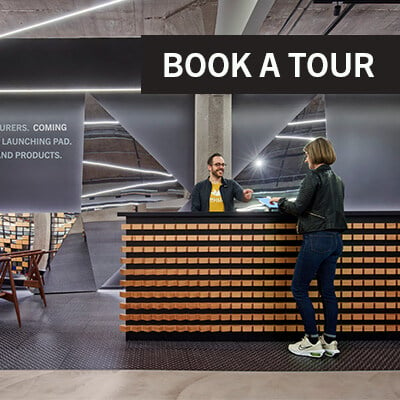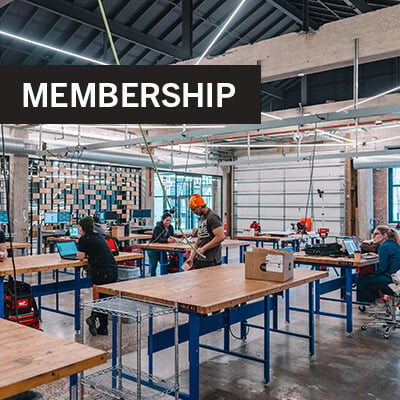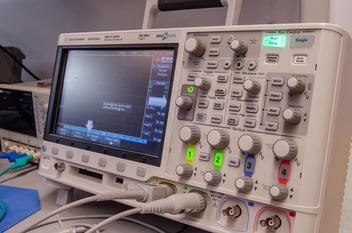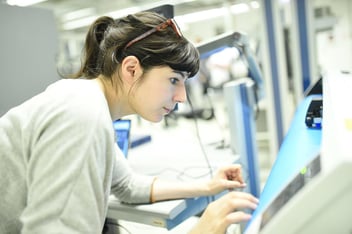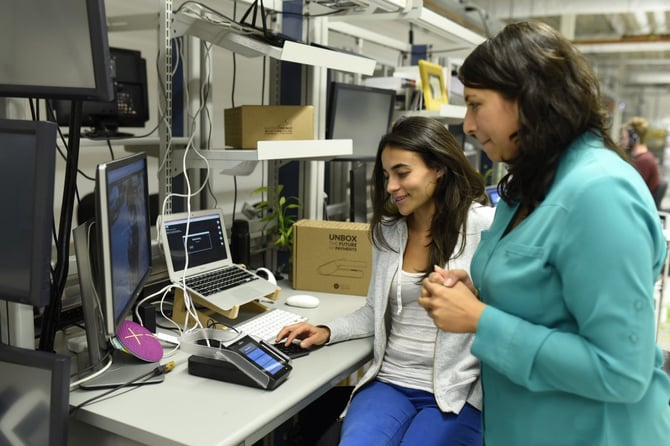
As seen on Medium
In the digital transformation realm of manufacturing, Industrial Internet of Things (IIoT) is the number one technology. According to Gartners’ Hype Cycle IoT is somewhere in or just clawing out of the trough of disillusionment. As so often happens, IIoT has too often been seen as a great technology innovation that is looking for a problem. Now that we’re starting to have a better perspective, we see how IIoT can solve real business problems and understand how money can be made.
New Business Models
Many industrial organizations are using IIoT to improve the health and performance of their existing assets and driving new operational insights that enable them to boost productivity. Well known examples are manyfold: reducing downtime of machines, performing asset tracking, increasing first pass yield and reducing waste to name a few. The business impact of these initiatives is important. According to a Siemens Mindsphere study, a reported reduction of downtime by 10% thru predictive analytics on robots.
The value that IIoT can bring above and beyond these direct business benefits is also becoming better understood. Improving worker wellbeing, increasing operator safety and growing engagement and motivation — all increase indirectly revenues. This is also becoming a transformative ability for the whole organization.
"IIoT’s biggest opportunity, however, is connecting things with new business models."
Think about the field maintenance engineer who uses augmented reality (AR) to diagnose machinery equipped with IIoT devices and who is guided by a home-based expert using a digital representation. Or, think about outfitting a machine with built-in sensors to market that machine as a service rather than a product. A service allows the owner to monitor the machine remotely and deliver maintenance, repairs and upgrades automatically. Instead of worrying about the condition of the equipment, it allows clients (manufacturing companies) to focus on the work at hand.
PTC reports that equipment manufacturers are digitally transforming their customer relationships through IIoT. They’re moving beyond selling a machine to providing ongoing value throughout the life of their product. Digitally transforming service lowers costs and drives more recurrent service revenue — selling outcomes by shifting to a predictive service model.
A Collaborative Effort Across The Whole Organization
Given the huge amount of assets as well as data points per asset, a strong convergence between IIoT and AI is needed to ingest all that data into intelligent decision systems performing analytics. Having real-time visibility of all the assets allows to monitor, analyze, predict and prescribe the full production environment. An end-to-end digital representation (or digital twin) provides a holistic view of not only a full assembly line, but also a complete manufacturing plant. Not only can you predict when to perform maintenance, but also to optimize flows in supply chains, etc. The point is to predict when to take action in the real world. But it also allows the introduction of new capabilities, new processes, new products and new business models that you can test out in the virtual world of the digital twin before moving it into the real world.
These advantages however form the biggest hurdle: integration across the various parts of the organization, building the right organization mindset, finding the right talent, creating the right KPIs to measure success, and the lack of infrastructure to underpin it all. So how do you go about this?
IIoT is a Transformative Effort
IIoT is a profound transformation that touches upon business, people and technology. Because it is so profound, one needs to think big but start small. Start with one business problem, with one problem on one piece of machine equipment, even if the company has multiple large plants. Don’t design from the top but walk the shop floor and talk to the operators. Determine which problem is a real pain point for operators; that has a major business impact. This needs to be driven from a business strategy viewpoint (Gartner).
"Technology is not often the challenge, rather the business strategy and the organizational capability are."
Ask the impacted operators to participate in a multi-disciplinary group to design a solution, if relevant, an IIoT based solution. As the technology is likely new, ensure that employees and operators are educated in the new technology in terms of its capabilities and how it can solve problems. Assess how this new solution will affect your current operation both asset and people-wise. Define metrics to measure impact of the solution proving that an IIoT solution is the way to go. These are not just your typical increases in efficiency and/or productivity or overall impact on workforce. The learning aspects are even more important in order to build momentum in your organization.
"Lean startup and agile techniques need to be taken with a grain of salt too."
One cannot move fast without breaking things in manufacturing. Agile innovation pilot projects could put sustainable operations at risk. Therefore, a collaborative business-driven approach is paramount — because if not, operations experience will eat IoT optimism for lunch.
Once the solution is validated you can replicate it across other similar assets and start experimentation on other problems. This scaling and further experimentation needs to continue along the same pattern of business, people, technology. Obviously architecting a solution needs to encompass the capability to operate at scale and requires the buy-in of the operators.
Not following this path will likely result in failure: overspending because tackling a too big project, frustrating employees because not involved, demotivating business folks as not solving real problems, keeping data in organizational silos.
In sum
IIoT implementations will succeed if they: address a business problem, directly involve impacted people, are driven by executives who really understand factory problems and not only look at numbers on their dashboards, have a mindset of exploring solutions for real problems that not always have immediate returns and don’t just rely on standard implementation packages because every project is unique.
About the Author: Thierry Van Landegem is Executive Director of the IIoT Accelerator at mHUB, the hardtech innovation center based in Chicago .

